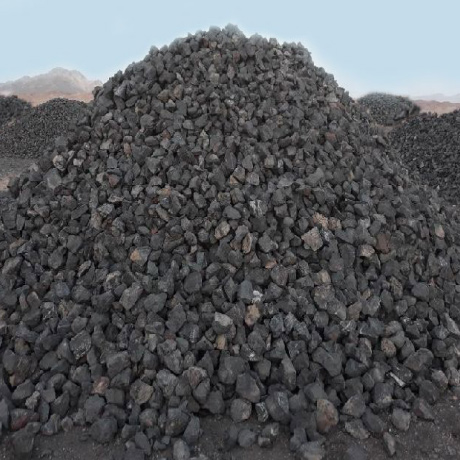Manganese
Basic facts about Manganese :
Manganese is a chemical element with the symbol Mn and atomic number 25. It is not found as a free element in nature it is often found in minerals in combination with iron. Manganese is a transition metal with a multifaceted array of industrial alloy uses, particularly in stainless steels. The derivation of Manganese may have come from one of two routes: either from the Latin 'magnes', meaning magnet, or from the black magnesium oxide, 'magnesia nigra'. It is a hard, brittle, silvery metal. Manganese is the fifth most abundant metal in the Earth’s crust. Its minerals are widely distributed, with pyrolusite (manganese dioxide) and rhodochrosite (manganese carbonate) being the most common. Manganese nodules have been found on the floor of the oceans. These nodules contain about 24% manganese, along with smaller amounts of many other elements. It is hard to melt and fuse, but easily oxidized. Manganese is reactive when pure, and as a powder it will burn in oxygen, it reacts with water (it rusts like iron) and dissolves in dilute acids.
Manganese phosphating is used for rust and corrosion prevention on steel. Ionized manganese is used industrially as pigments of various colors, which depend on the oxidation state of the ions. The permanganates of alkali and alkaline earth metals are powerful oxidizers. Manganese dioxide is used as the cathode (electron acceptor) material in zinc-carbon and alkaline batteries.
Uses of Manganese :
- Manganese is too brittle to be of much use as a pure metal. It is mainly used in alloys, such as steel.
- Steel contains about 1% manganese, to increase the strength and also improve workability and resistance to wear.
- Manganese steel contains about 13% manganese. This is extremely strong and is used for railway tracks, safes, rifle barrels and prison bars.
- Drinks cans are made of an alloy of aluminium with 1.5% manganese, to improve resistance to corrosion.
- With aluminium, antimony and copper it forms highly magnetic alloys.
- Manganese oxide is used as a catalyst, a rubber additive and to decolourise glass that is coloured green by iron impurities. Manganese compounds have been used as pigments and for the colouring of ceramics and glass.
- Manganese sulphate is used to make a fungicide.
- Manganese oxide is a powerful oxidising agent and is used in quantitative analysis.
- It is also used to make fertilisers and ceramics.
- Manganese is an essential element for all species. Some organisms, such as diatoms, molluscs and sponges, accumulate manganese. Fish can have up to 5 ppm and mammals up to 3 ppm in their tissue, although normally they have around 1 ppm.
- Manganese oxide is also used in Portland cement mixtures.
Chemical properties of Manganese
| Atomic symbol | Mn |
|---|---|
| Atomic number | 25 |
| Atomic Mass | 54.938 |
| Density | 7.3 g cm−3 |
| Melting point | 1246°C, 2275°F |
| Boiling point | 2061°C, 3742° |
| Electrical Resistivity | 1.44 µΩ·m (at 20 °C) |
| Electron configuration | [Ar] 3d54s2 |
| Key Isotopes | 55Mn |
| Mohs scale hardness | 6 |
| Electronegativity Pauling Scale | 1.55 |
| Thermal Expansion | 21.7 µm/(m·K) (at 25 °C) |
| Thermal Conductivity | 7.81 W/(m·K) |
| Young's Modulus | 198 GPa |
| Bulk Modulus | 120 GPa |
